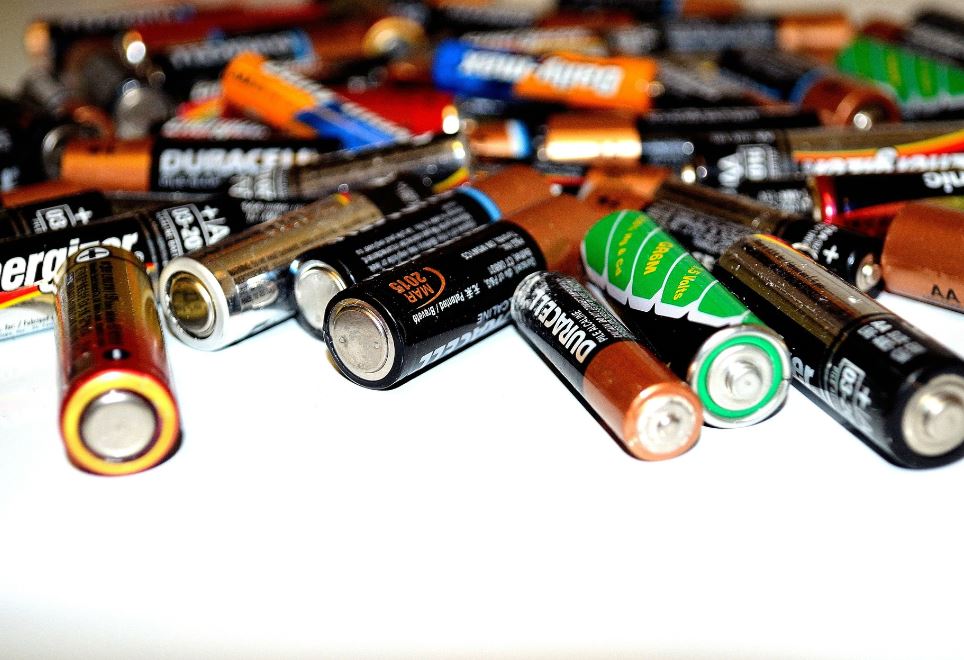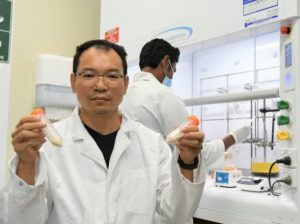
Fully organic rechargeable household batteries are an ideal alternative to traditional metal-based batteries, in particular for reducing pollution to landfill and the environment.
Now researchers at Flinders University, with Australian and Chinese collaborators, are developing an – a big leap in improving the energy storage capability of organic batteries.
“While starting with small household batteries, we already know organic redox-active materials are typical electroactive alternatives due to their inherently safe, lightweight and structure-tunable features and, most importantly, their sustainable and environmentally friendly,” says senior lecturer in chemistry Dr Zhongfan Jia, a research leader at Flinders University’s Institute for Nanoscale Science and Technology.

In collaboration with Dr Kai Zhang from the Zhejiang Sci-Tech University in China, Dr Jia’s research team now aims to make a fully biodegradable battery with a cell voltage of more than 3.0V and capacity to above 200mAh/g through the innovative organic electrode materials and innovative structure design.
While traditional lithium-ion batteries have enabled a proliferation of portable devices and even electric vehicles, rising demand for materials such as lithium, cobalt and other mineral ore resources have led to a range of social and environmental impacts including the safe usage and non-hazardous disposal of batteries.
Developing rechargeable batteries from ethically sourced, sustainable materials for on-demand requirements is a potential alternative. Research around the world is focusing on improving fully organic batteries cell voltage and capacity and durability of the materials to contribute to recycling in a circular economy with affordable and efficient batteries.
“Although the capacity needs further improvement, our work shows the promise of developing high-voltage, fully organic batteries with a judicious electrode design,” Dr Jia says.
The article, (2022) by Shangxu Jiang, Wenbiao Li, Yuan Xie, Xiaoqing Yan, Kai Zhang and Zhongfan Jia has been published in Chemical Engineering Journal DOI: 10.1016/j.cej.2022.134651.








